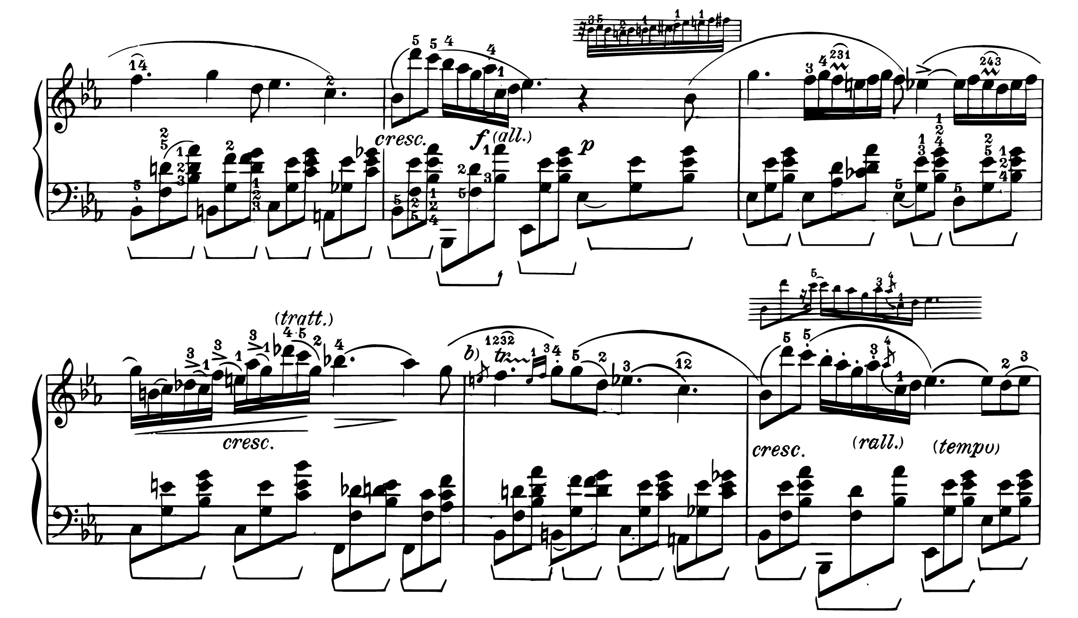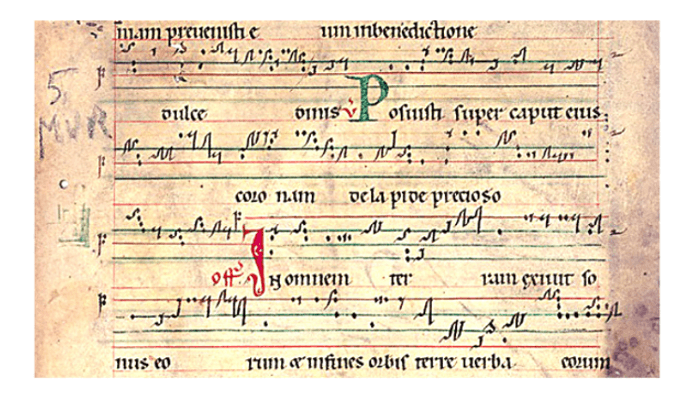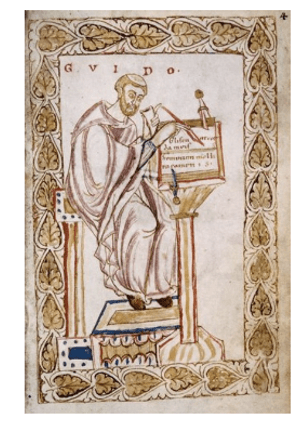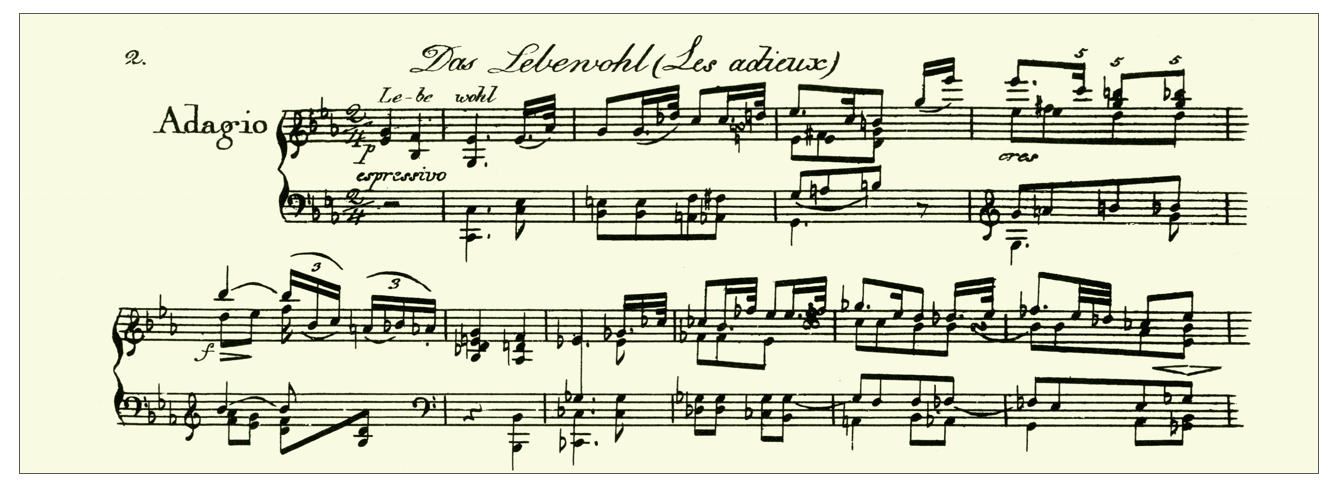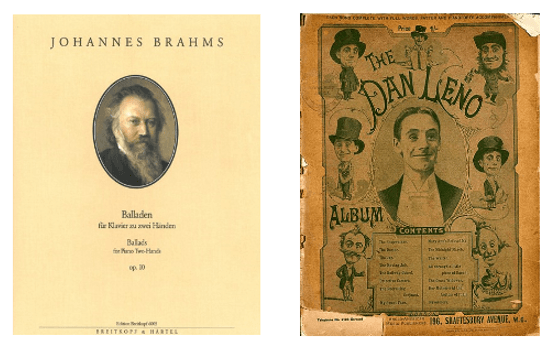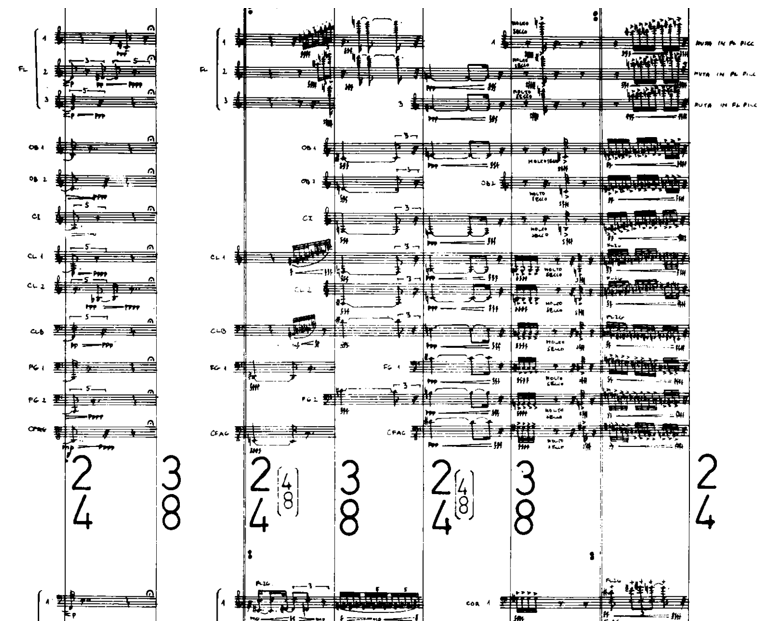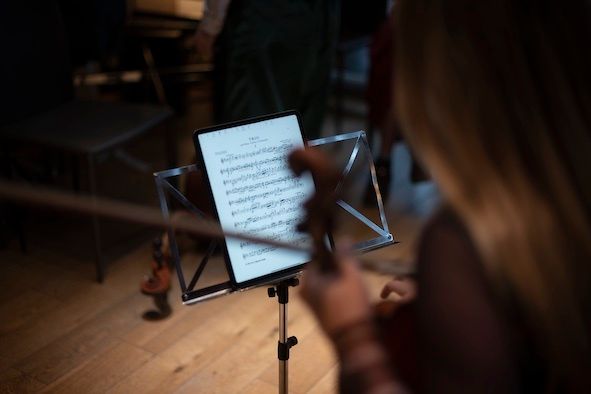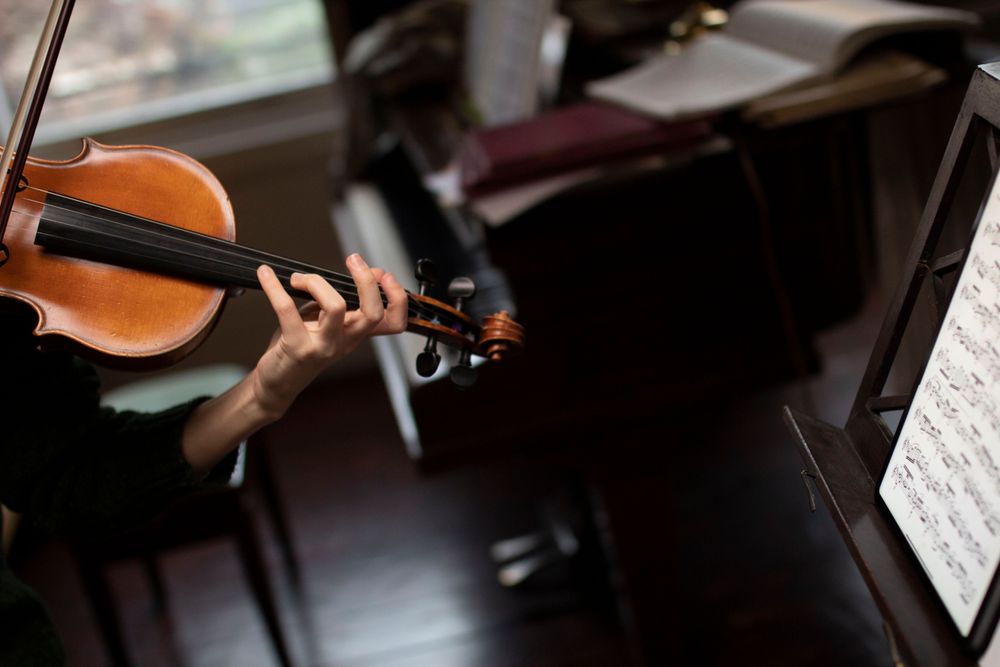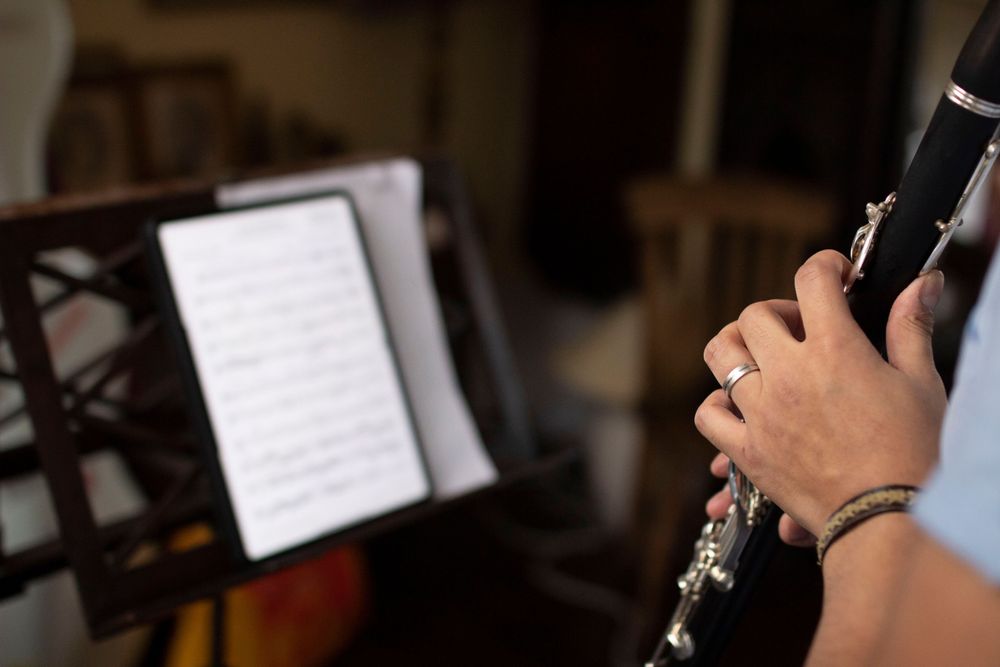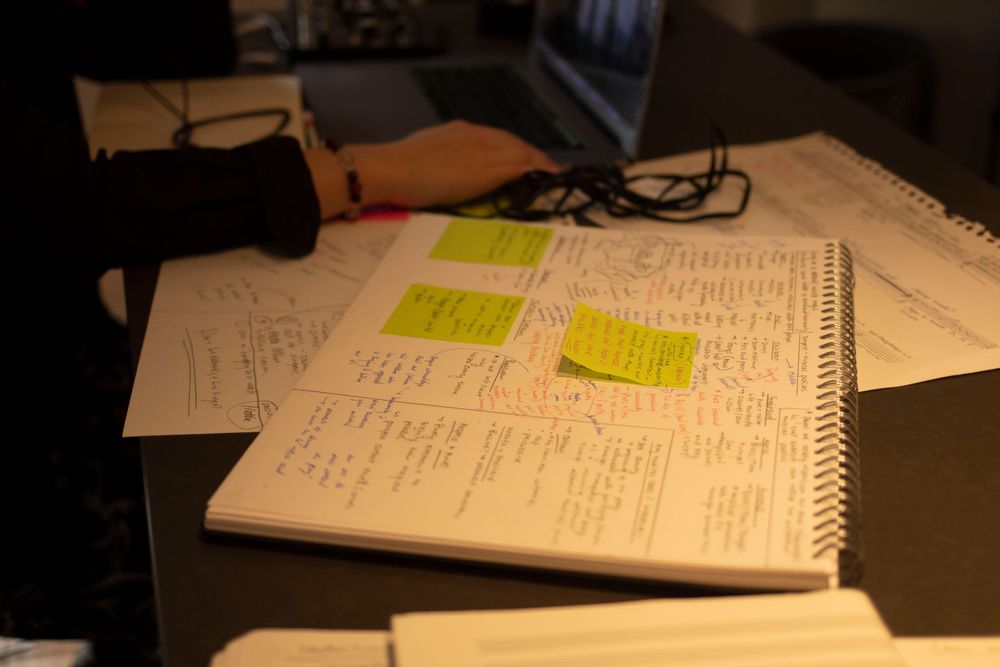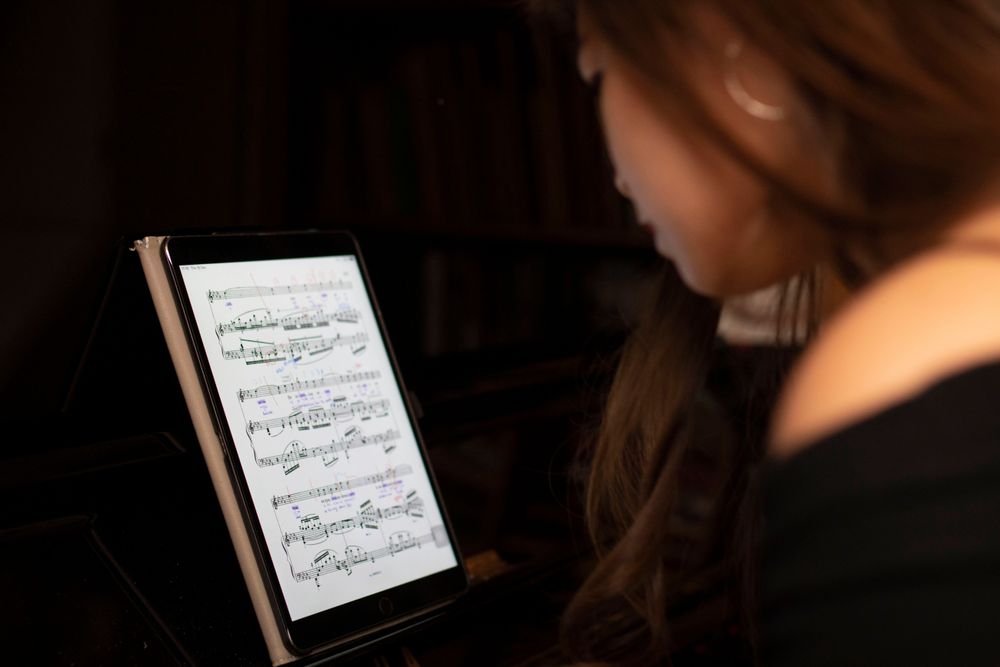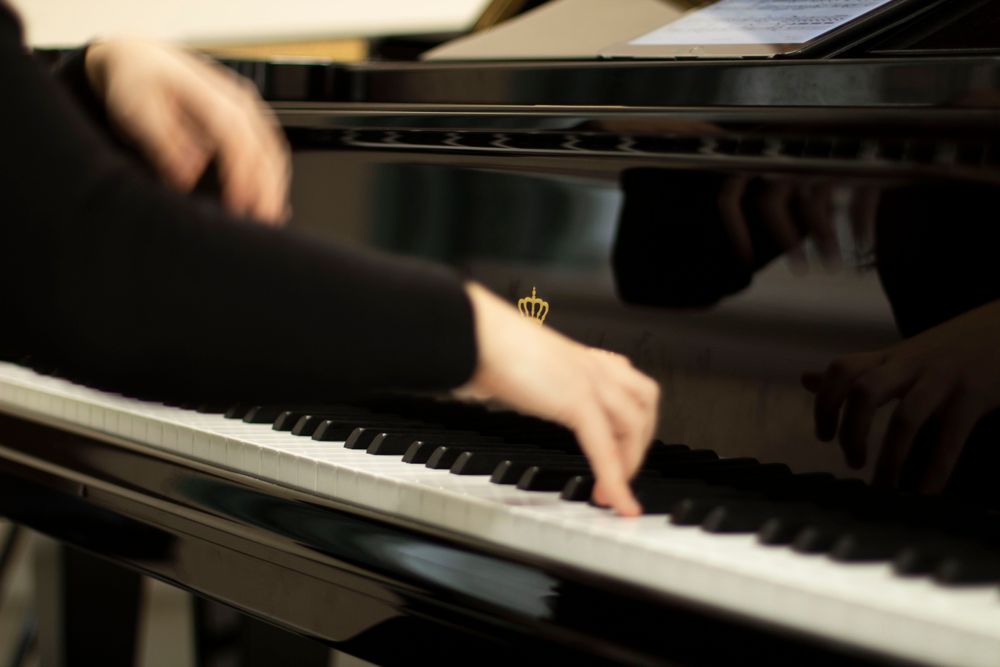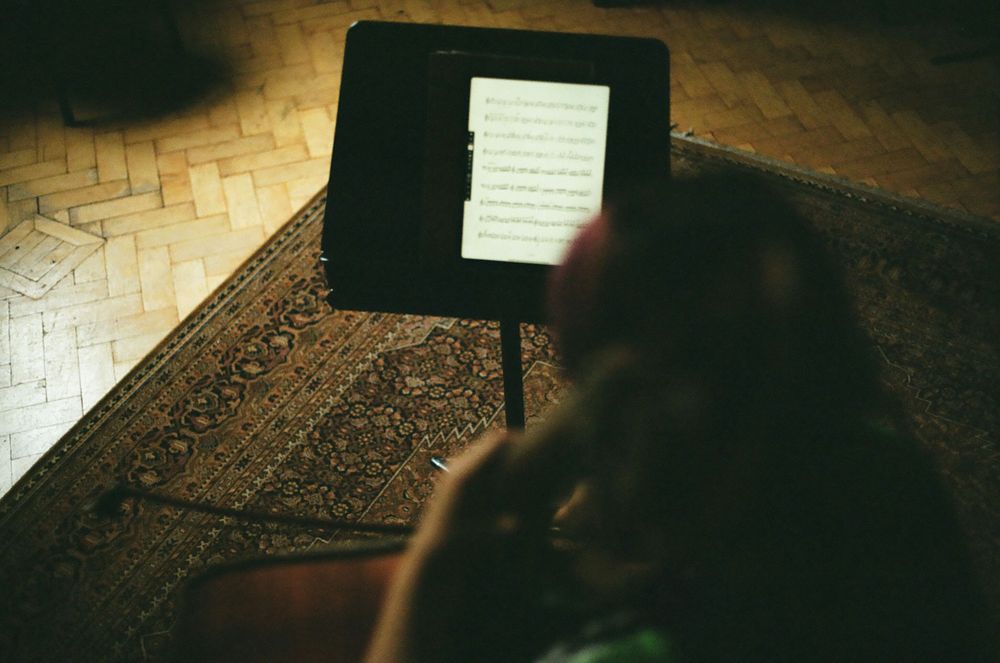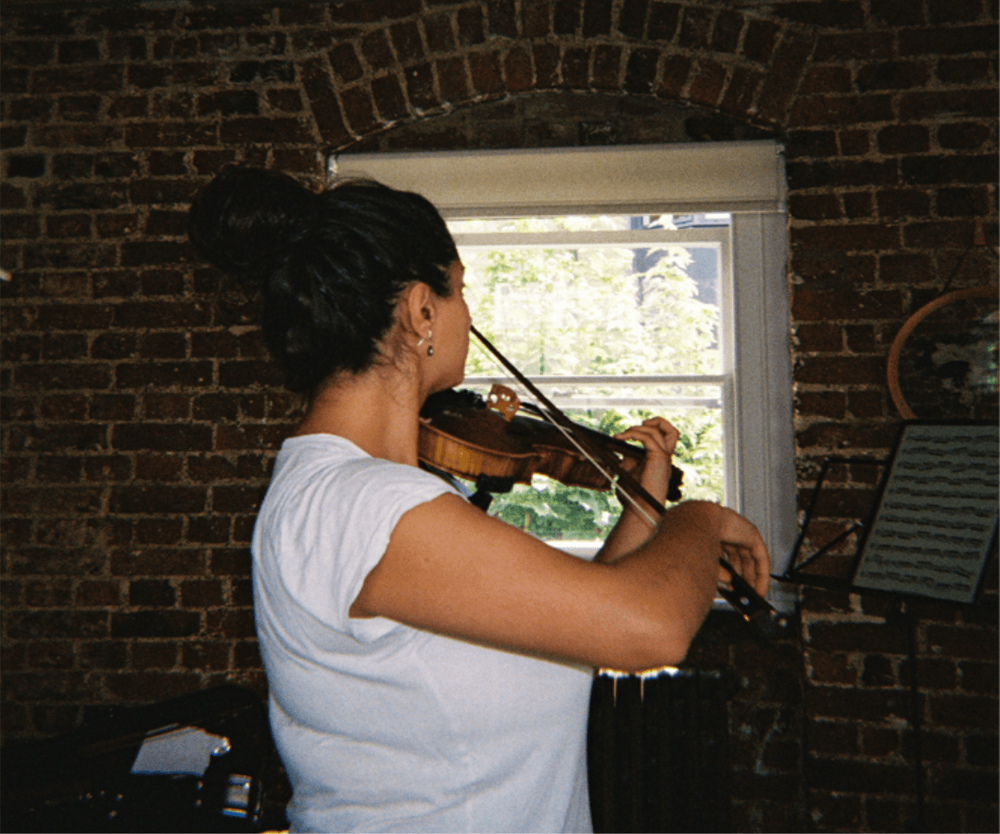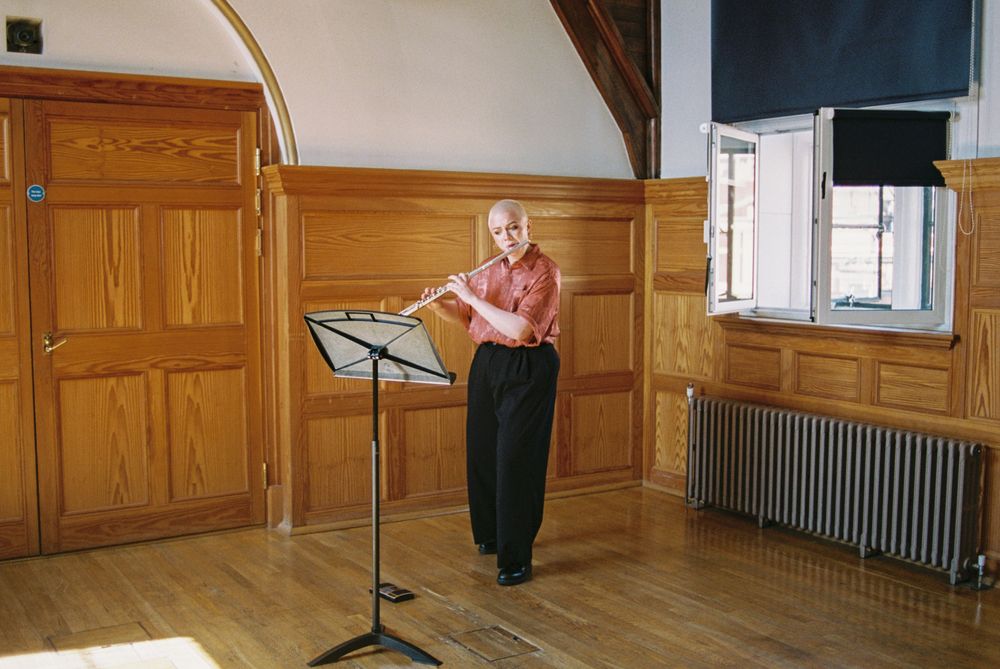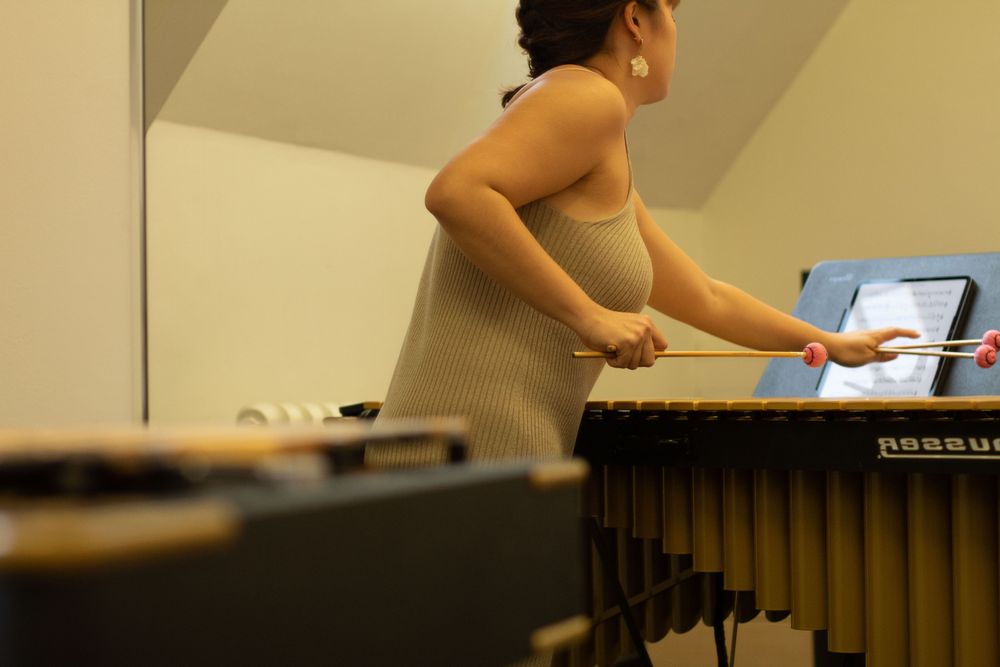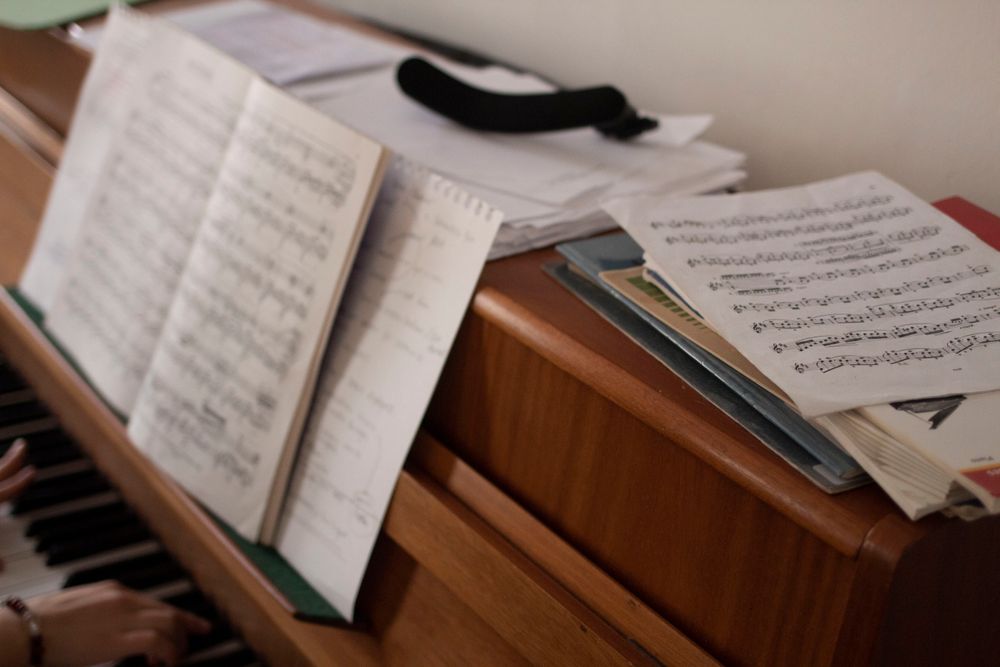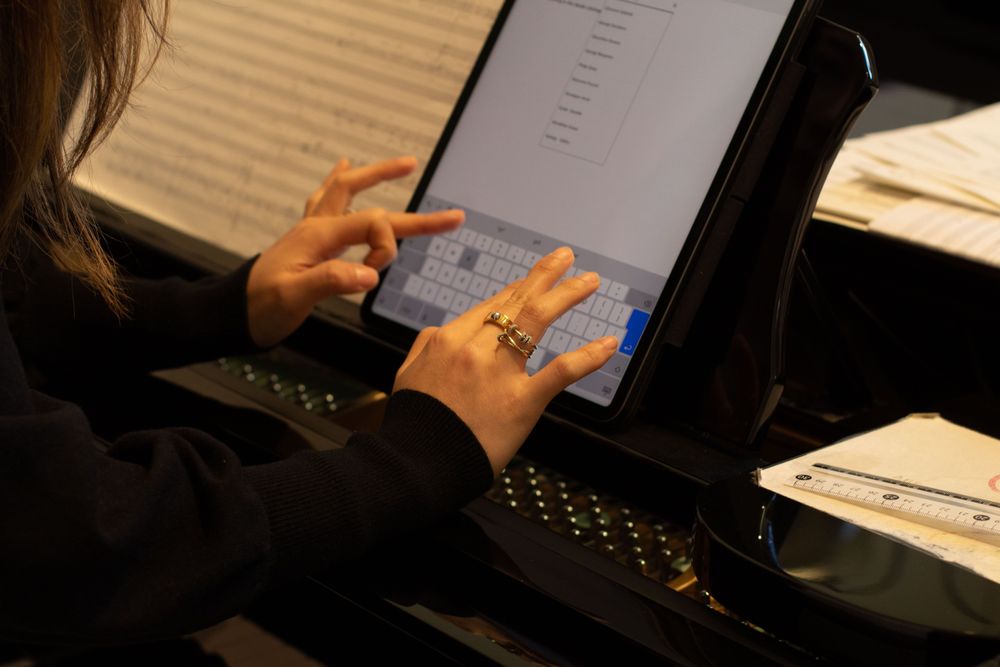From the clef and time signature to the dynamics and accidentals, the parameters of music – pitch, rhythm, articulation, harmony – are indicated by a diversity of these symbols. Without them, music-making as we know it simply wouldn’t exist.
Before music notation
Music has existed for untold thousands of years across the diverse and countless cultures of the world. But unfortunately, we’re not really certain what it all used to sound like.
Why? In short, because it was never written down. Prehistoric instruments that have been discovered give us some clues, but most of this part of the story remains a mystery.
Compared to music, old as time, sheet music is the new kid on the block. Yet it would ultimately do exactly what hadn’t been done before. It would capture ideas, providing clear instructions on how music was supposed to take shape, and what it was to sound like.
Early forms of notated music in history
Various types of music notation were developed thousands of years ago in ancient Mesopotamia, Greece and Byzantium. These were the great Mediterranean civilisations of antiquity, and each one was gripped by the fashionable new craze for writing things down.
Sadly, there is a lack of music theory that explains these early forms of notation, meaning that we’re unsure how to interpret them absolutely. Even ancient Greek music remains largely an enigma to us, despite the Hellenes writing a great deal about music in texts on drama and philosophy.
In short, although the ancients would have known how to read their own forms of notated music, the instructions they left behind weren’t clear enough for their descendants to understand.
The earliest notation system that we can comprehensively make sense of today didn’t emerge until the Middle Ages.
Neumatic notation in the 9th century
Neumes account for a major step forward in the history of sheet music, and of western music in general. They’re the stepping stone between earlier systems of writing and modern staff notation.
European church musicians developed neumes to write down religious chants that until then had only been transmitted through oral tradition. The earliest examples of neumatic notation date from the 9th century.
